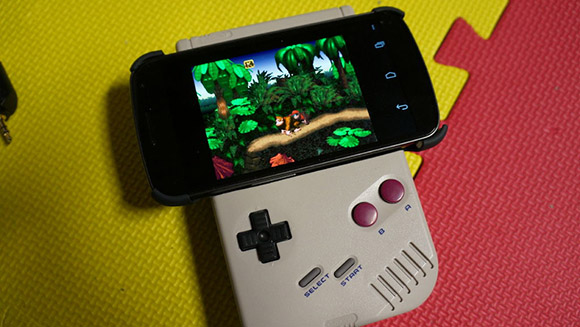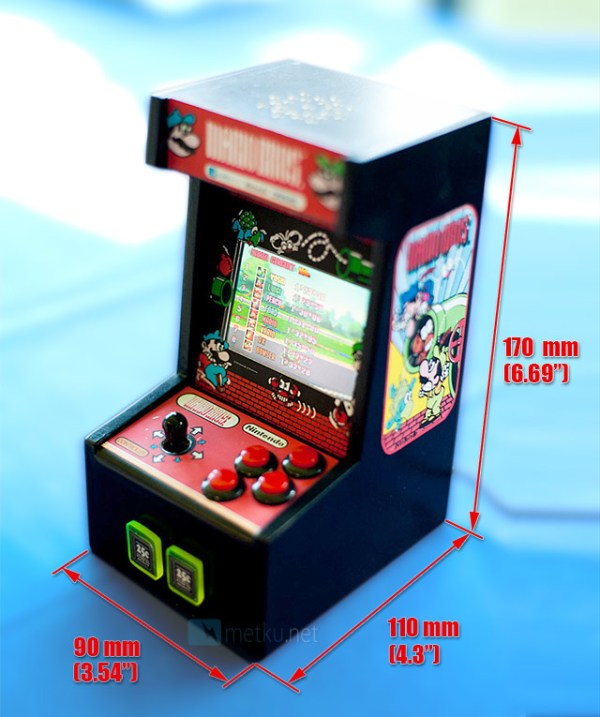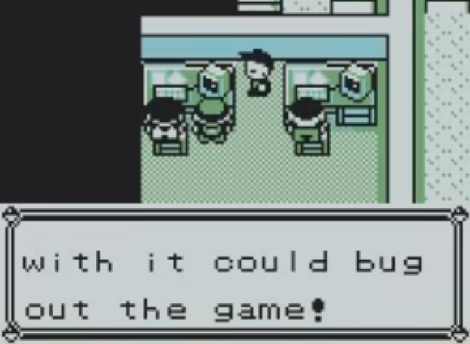
What looks to be a stock brick Game Boy with two additional buttons is actually one of the coolest portable mods we’ve ever seen.
Instead of the classic 1989 hardware, the interior of this Game Boy is stuffed with a Dingoo A330 portable emulation machine capable of playing Game Boy, Game Boy Advance, and other 8 and 16-bit console classics.
After a great deal of modification to the original Game Boy enclosure, [Alex] cut down two Game Boy PCBs to wire the D pad, A, B, select and start buttons to the Dingoo. An extra pair of buttons were added and the shoulder buttons present on the Dingoo were emulated with rocker switches placed where the original volume and contrast controls were.
All this and a new color LCD (and screen bezel) means this Game Boy looks nearly stock, save for the addition of an extra pair of buttons. It’s a fabulous piece of work, and we’re exceedingly jealous for [Alex]’s friend receiving this for his birthday.
You can check out this build in action after the break.
Continue reading “There’s Something Strange About This Game Boy”

















